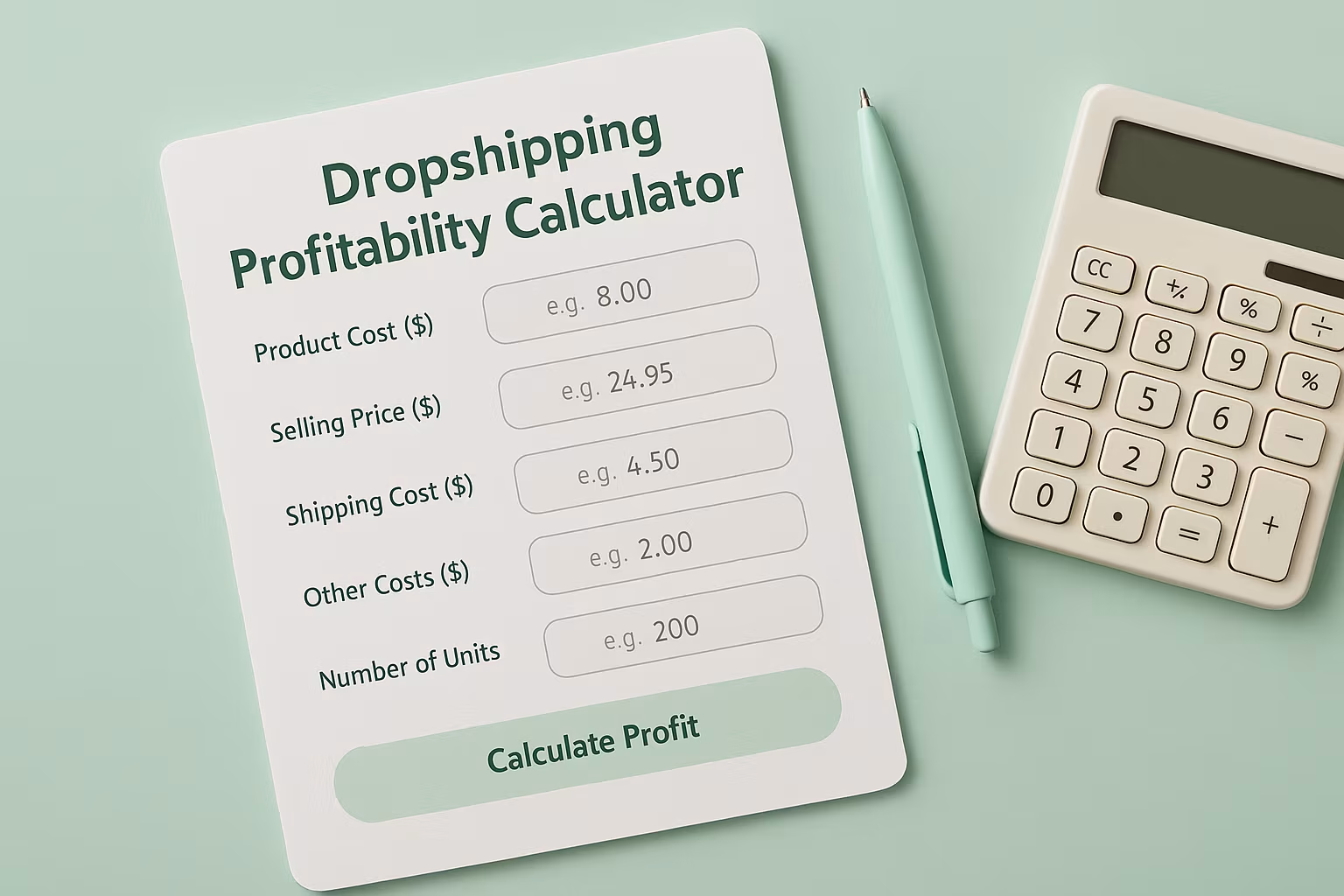How Do Ecom Brands Use 3PL as a Strategic Partner for Growth? Successful 3PL Ways

When scaling an ecommerce operation, logistics often becomes the bottleneck. According to Shopify, 61% of brands say fulfillment challenges hinder growth.
Smart ecom brands are turning to third-party logistics (3PL) providers not just as vendors but as strategic partners.
Wondering how ecom brands use 3PL as a strategic partner for growth? By outsourcing logistics to the right provider, brands can streamline operations, lower costs, and scale faster with less overhead.
Key Ways E-commerce Brands Leverage 3PL Partnerships
E-commerce brands use 3PLs to streamline logistics, cut costs, and scale faster. Here are the top ways they make it work.
Accelerating Geographic Expansion
Expanding into new markets traditionally required significant upfront investment in local warehousing and distribution networks. With strategic 3PL partners, ecommerce brands can:
- Access established distribution centers in multiple regions without capital investment
- Test new markets with minimal risk before full-scale commitment
- Reduce shipping costs and delivery times to customers in new territories
- Maintain consistent customer experience across all markets
When beauty brands consider selling products on Amazon, working with 3PLs that specialize in marketplace fulfillment allows them to reach millions of customers without managing the complex logistics Amazon requires.
Improving Cash Flow Management
Capital efficiency remains one of the most compelling reasons brands partner with 3PLs. By outsourcing logistics operations, ecommerce companies convert fixed costs into variable expenses that scale with their business.
This shift offers several financial advantages:
- Elimination of warehouse lease commitments and associated overhead
- Reduced inventory carrying costs through distributed stocking strategies
- Minimized labor costs and management overhead
- Pay-per-order pricing models that align costs with revenue
For small to mid-sized brands, these financial benefits can be the difference between sustainable growth and cash flow crises during seasonal fluctuations or rapid expansion periods.
Enhancing Supply Chain Resilience
The past few years have demonstrated the vulnerability of global supply chains. Strategic 3PL partnerships provide ecommerce brands with built-in redundancy and risk mitigation capabilities.
Advanced 3PLs offer:
- Multiple warehouse locations to distribute inventory risks
- Diverse carrier relationships to prevent shipping disruptions
- Technology platforms that provide visibility across the entire supply chain
- Scalable capacity to handle demand spikes without service degradation
When unexpected challenges arise, brands with strong 3PL partnerships can pivot more quickly than those managing logistics in-house. This adaptability has become a crucial competitive advantage in volatile markets.
Outsourcing logistics isn’t just about saving time; it’s a growth unlock. The right 3PL partner gives you faster shipping, better cash flow, and more flexibility, all while letting you stay focused on product and brand-building. Here's how it breaks down:
How to Identify and Select a Strategic 3PL Partner
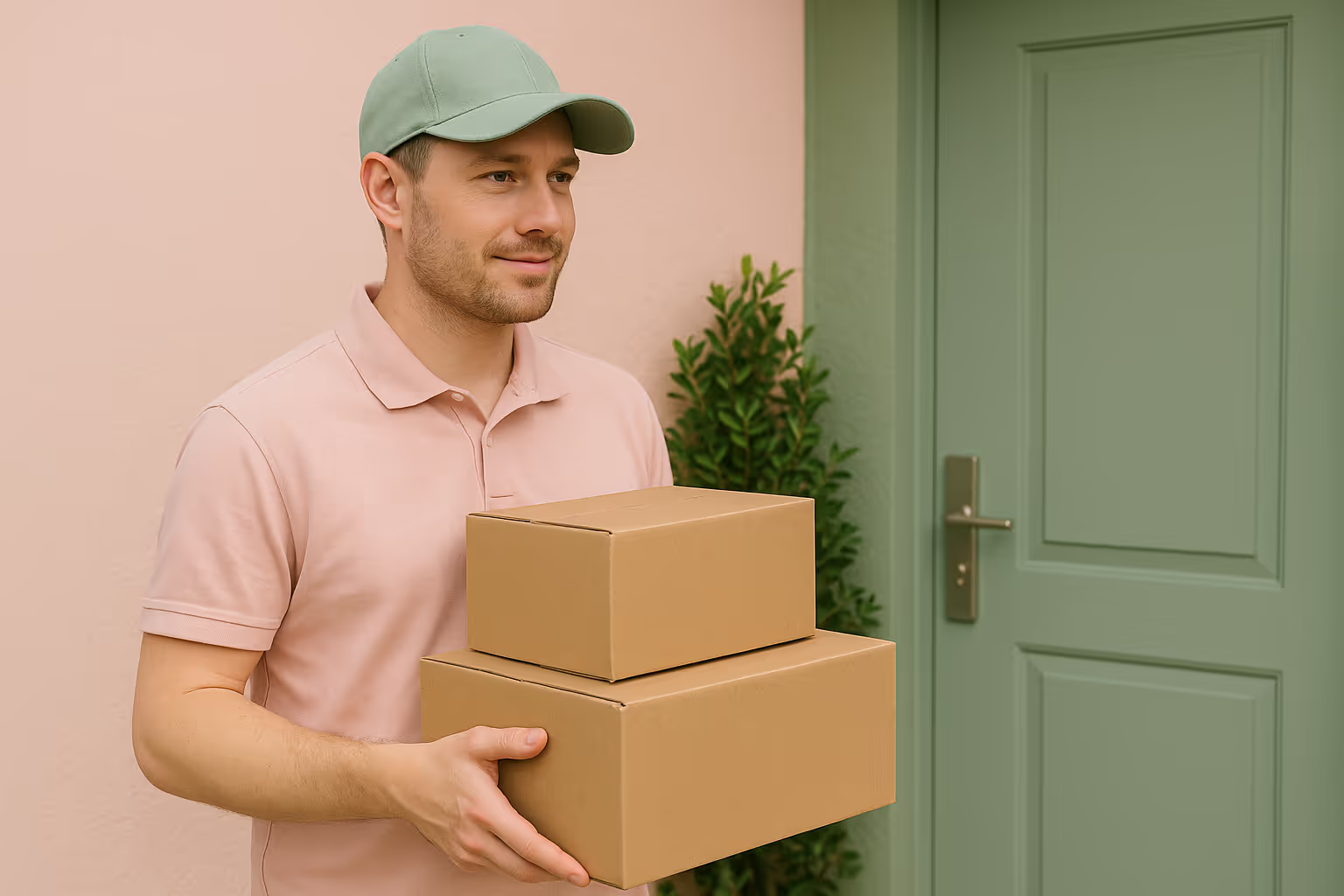
Not all 3PL providers offer the same strategic value. Choosing the right partner requires careful evaluation beyond basic pricing comparisons.
Industry-Specific Expertise
Different product categories have unique handling requirements, regulatory considerations, and distribution challenges. Working with a 3PL that specializes in your specific industry vertical provides significant advantages.
For example, brands selling supplements or wellness products should seek partners who understand:
- Temperature control requirements for product integrity
- Compliance with FDA regulations and labeling requirements
- Lot tracking for quality control and potential recalls
- Special handling protocols for fragile or sensitive ingredients
Specialized 3PLs like those focusing on private label skincare or supplements have already solved the common challenges in these industries, allowing brands to benefit from established best practices rather than learning through costly mistakes.
Technology Integration Capabilities
The most valuable 3PL partnerships feature seamless technology integration between the brand's systems and the logistics provider's platform.
Key integration points to evaluate include:
- Real-time inventory visibility across all channels
- Order management system compatibility
- Automated data exchange for forecasting and planning
- Customer communication touchpoints for shipping updates
When evaluating potential partners, request detailed demonstrations of their technology stack and ask existing clients about the reality of their integration experience.
The initial implementation complexity often predicts the long-term strategic value of the partnership.
Scalability Alignment
Effective 3PL partnerships grow alongside the brand, providing appropriate resources at each stage of development. Before committing to a provider, ensure their capabilities align with your growth trajectory.
Important considerations include:
- Minimum order volumes and how they affect pricing
- Geographic coverage relative to your expansion plans
- Capacity during peak seasons and promotional periods
- Additional service offerings that may become relevant as you scale
The ideal 3PL partner should be large enough to support your growth ambitions but small enough that your business remains important to them. This balance ensures you receive attentive service while gaining access to sophisticated capabilities.
Maximizing Value from 3PL Strategic Partnerships
Once you've established a relationship with a strategic 3PL provider, several practices can help extract maximum value from the partnership.
Collaborative Forecasting and Planning
The most successful brand-3PL relationships feature deep collaboration around demand planning and inventory management. Rather than simply reacting to orders, progressive partnerships involve:
- Regular forecasting meetings to align on expected volumes
- Joint planning for promotional events and seasonal spikes
- Shared visibility into inventory levels and reorder timing
- Collaborative problem-solving when demand patterns shift
This collaborative approach helps reduce packaging and shipping costs while ensuring product availability meets customer expectations.
Data-Driven Optimization
Leading 3PLs provide rich data that can drive continuous improvement across the supply chain. A smart ecommerce brand leverages this information to:
- Identify optimal inventory placement based on customer location
- Refine product bundling and kitting strategies
- Optimize packaging to reduce dimensional weight charges
- Analyze return patterns to address product or marketing issues
Pro tip: Request regular performance reviews with your 3PL that go beyond basic KPIs like on-time delivery. The most valuable insights often come from analyzing outlier events and pattern changes that might indicate emerging opportunities or challenges.
Expanding Service Utilization
As the partnership matures, explore additional services your 3PL offers that might create new strategic advantages. Many advanced providers offer specialized capabilities like:
- Light assembly and customization
- Subscription box fulfillment
- Gift wrapping and personalization
- Returns management and refurbishment
- International compliance and documentation
These value-added services can open new revenue streams or customer segments without requiring significant internal resource investment.
Common Challenges in 3PL Partnerships and How to Overcome Them
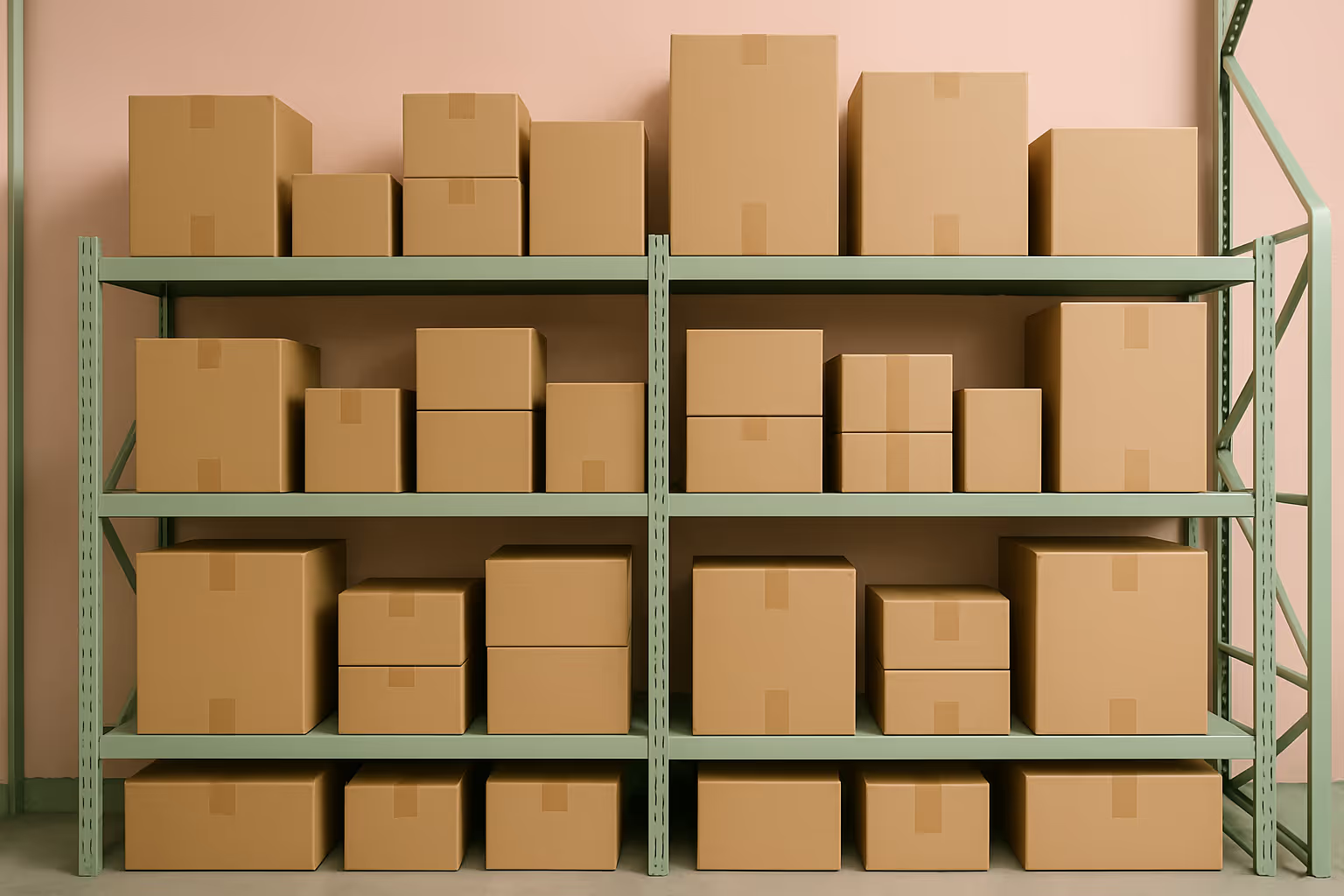
Even the most strategic partnerships face occasional challenges. Understanding common issues and addressing them proactively maintains the relationship's value.
Communication Breakdowns
The most frequent source of friction in 3PL partnerships stems from communication gaps. To prevent these issues:
- Establish clear points of contact for different situations
- Set expectations for response times and escalation paths
- Schedule regular check-ins beyond day-to-day operational matters
- Create shared terminology and definitions for key metrics
Investing in relationship management pays dividends when inevitable challenges arise, as strong communication channels facilitate faster resolution.
Cost Management Concerns
As order volumes fluctuate, brands sometimes experience unexpected cost variations from their 3PL partners. Mitigate these surprises by:
- Thoroughly understanding all potential fees in the contract
- Monitoring key cost drivers like dimensional weight and special handling
- Negotiating volume-based pricing tiers that align with your growth plans
- Regularly reviewing invoices against contractual terms
The most productive approach treats cost management as a collaborative effort rather than an adversarial negotiation. Many 3PLs will proactively suggest optimization strategies when they understand your business goals.
Quality Control Consistency
Maintaining consistent product quality and presentation becomes more challenging when fulfillment happens outside your direct control. Address this by:
- Developing clear standard operating procedures for handling products
- Conducting periodic quality audits either remotely or in-person
- Establishing photo documentation processes for quality issues
- Creating feedback loops that track customer complaints by fulfillment location
The Future of Strategic 3PL Partnerships

The relationship between ecommerce brands and their logistics partners continues to evolve, with several emerging trends shaping future strategic value.
Increasing Technology Integration
Next-generation 3PL partnerships will feature even deeper technology integration, including:
- AI-powered demand forecasting that combines brand and 3PL data
- Automated inventory optimization across multiple fulfillment centers
- Real-time visibility for customers throughout the fulfillment process
- Predictive analytics for proactive problem resolution
Brands evaluating new 3PL relationships should carefully assess the provider's technology roadmap and willingness to participate in advanced integration projects.
Sustainability Collaboration
As consumers increasingly prioritize environmental responsibility, 3PL partnerships are becoming important vehicles for sustainability initiatives:
- Implementing recyclable or biodegradable packaging solutions
- Optimizing delivery routes to reduce carbon emissions
- Participating in circular economy programs for returns and recycling
- Documenting environmental impact for brand reporting
The most forward-thinking 3PLs now view sustainability capabilities as competitive differentiators rather than compliance requirements.
Expert’s Advice: Treat Your 3PL Like a Product Team, Not Just a Vendor
Most brands wait until after launch to involve their 3PL, but looping them in earlier can speed up go-to-market timelines and cut fulfillment costs. Share new SKUs, packaging mockups, and bundling plans ahead of time so your partner can prep accordingly.
Experienced 3PLs often catch costly issues early, like packaging that triggers dimensional weight fees or inefficient kitting setups.
When you treat your 3PL like part of your launch team, you unlock faster rollouts and smarter operations.
Transforming Your Ecommerce Operations Through Strategic 3PL Partnerships
The most successful ecommerce brands see logistics not just as a cost center, but as a strategic growth driver. With the right 3PL partner and a collaborative approach, brands can scale faster while maintaining operational excellence.
By treating your 3PL as a strategic ally, not just a vendor, you turn logistics into a competitive advantage that grows with your business.
Ready to scale smarter? Discover how retail-focused 3PL solutions can streamline fulfillment and position your brand for long-term success.
FAQ
Related blogs
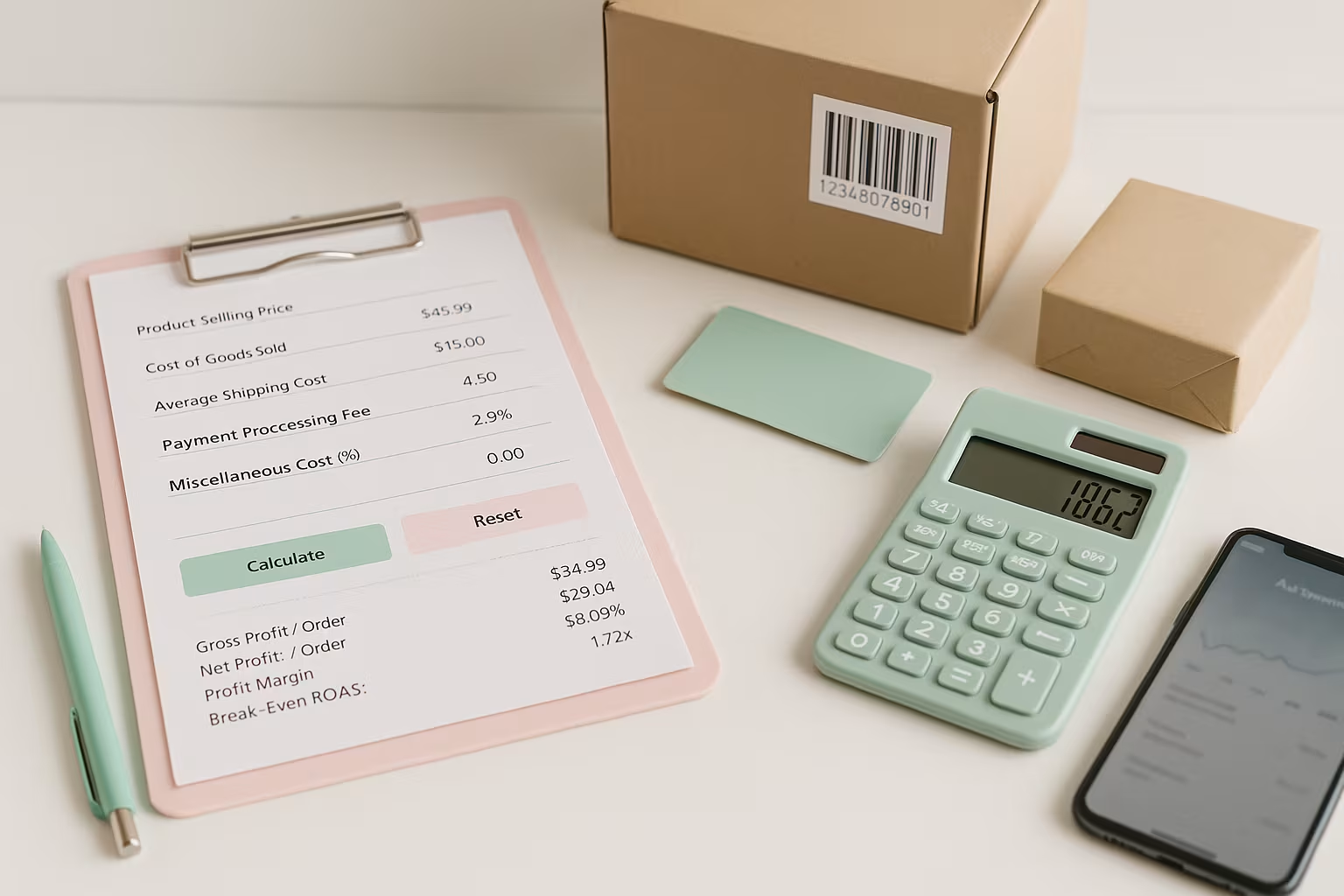
Break-Even ROAS Calculator: Find Out What You Can Afford to Spend on Ads
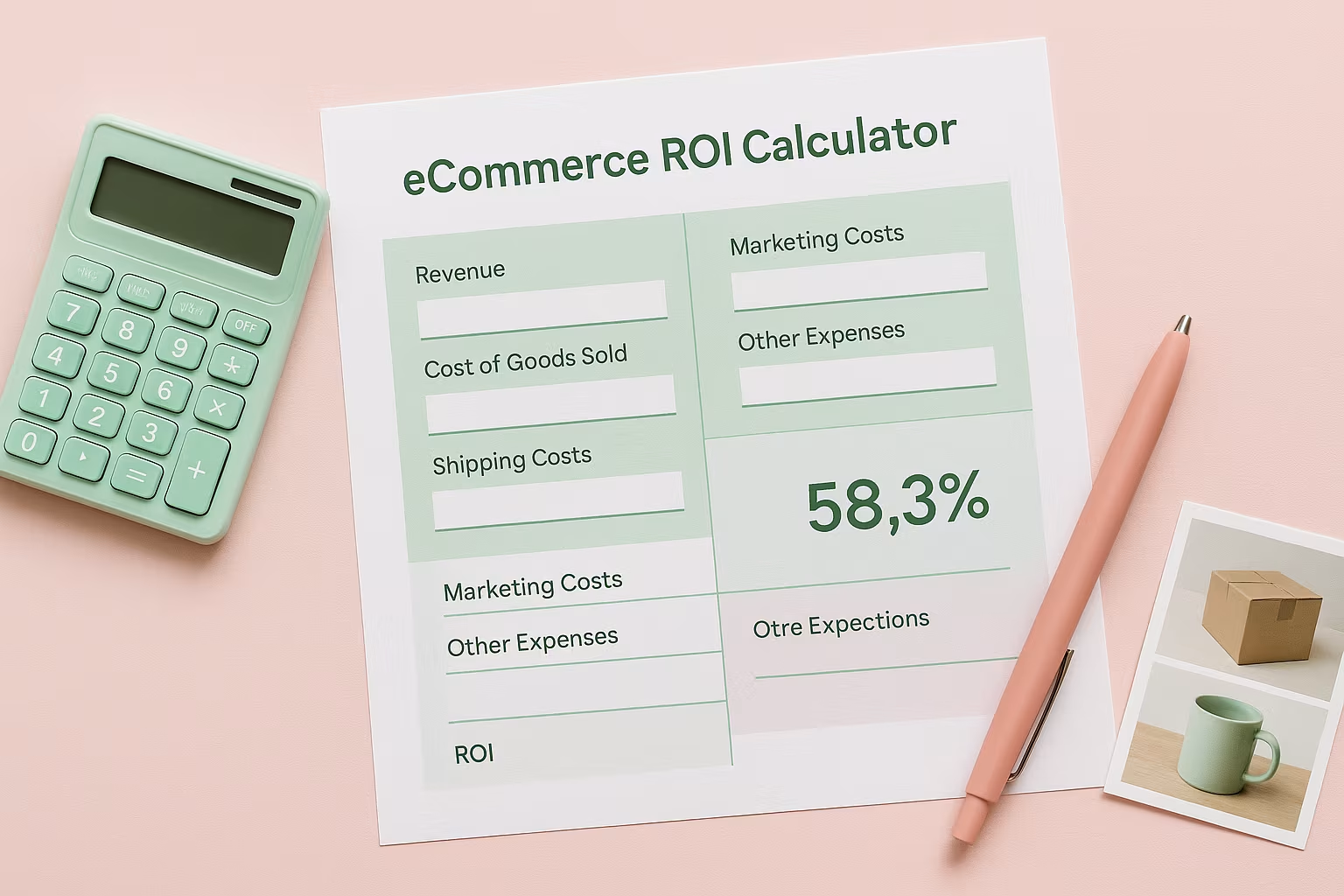
Ecommerce ROI Calculator: Scale Your Store
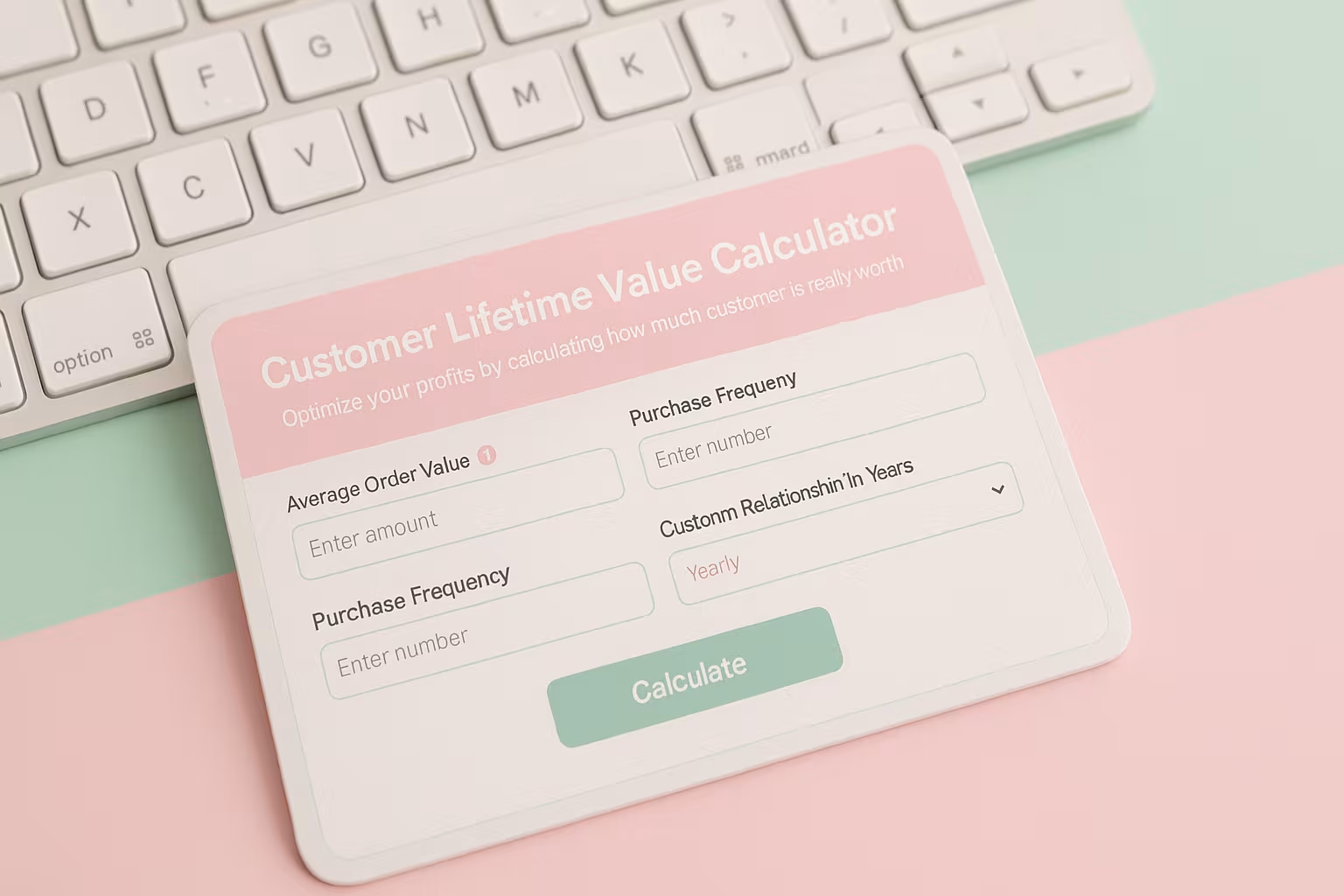
Customer Lifetime Value Calculator: Unlock Your E-commerce Revenue Potential
